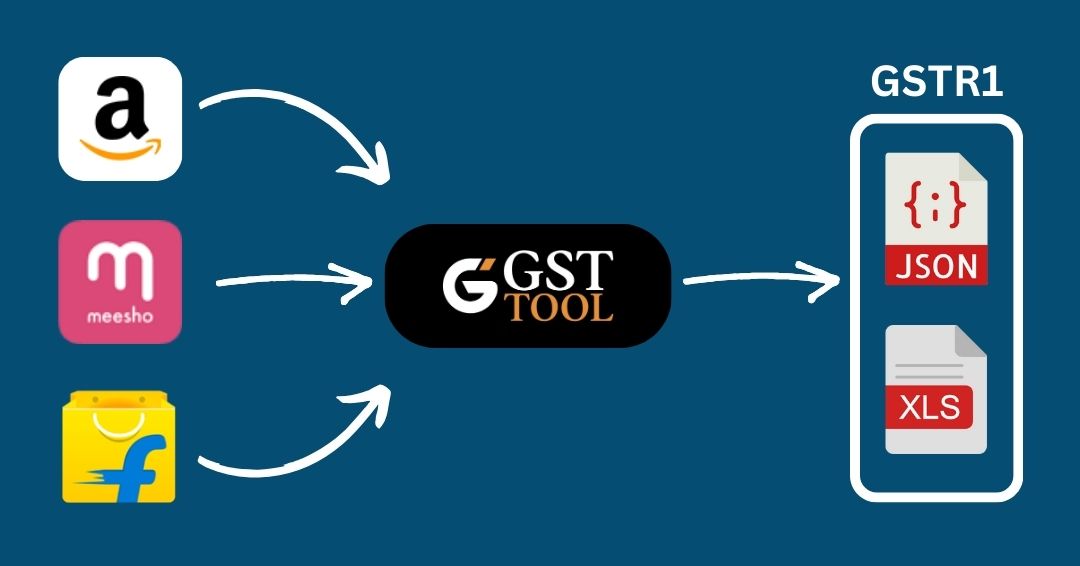How to View Error Report of GSTR 1
Filing GSTR-1 returns can sometimes result in errors that need to be corrected before the GST portal accepts the filing. Understanding these errors is crucial for making corrections and ensuring that your GST submissions are accurate. In this blog post, we'll walk you through how to open and interpret the error report generated by the GST portal using our GST Error Report Utility.
What is a GSTR-1 Error Report?
When you upload your GSTR-1 JSON file to the GST portal, the system performs several checks to ensure that the data complies with the required format and rules. If any discrepancies are found, the portal generates an error report in JSON format, which lists the issues that need to be resolved before the return can be successfully filed.
Challenges in Understanding the GSTR-1 Error Report
The GSTR-1 error report provided by the GST portal is typically in JSON format, which can be difficult to read and interpret for most users. The error messages might be buried within complex structures, making it hard to pinpoint the exact issue.
Introducing the GST Error Report Utility
Our GST Error Report Utility is specifically designed to help you easily read and understand these error reports. This tool extracts the error messages from the JSON file and displays them in a user-friendly format, allowing you to quickly identify and correct the issues in your GSTR-1 return.
Step-by-Step Guide:
Step 1: Upload the Error Report JSON File
First, download the error report JSON file from the GST portal. Then, open the GST Error Report Utility and upload the JSON file. The tool will automatically process the file and extract the error messages.
Step 2: Review the Errors by Section
The tool categorizes the errors by different sections of your GSTR-1 filing, including B2B, B2CS, HSN, Table 14. This categorization makes it easy to focus on specific areas where errors have occurred.
Step 3: Understand the Error Messages
Each error message is displayed clearly, along with details like the error code and the specific data point that needs correction. For example, you might see an error message indicating that the tax value is inconsistent with the supply value, which means you'll need to adjust these values in your filing.
Step 4: Correct the Errors in Your GSTR-1 JSON
After reviewing the errors, make the necessary corrections in your original GSTR-1 JSON file. Once the errors are resolved, you can re-upload the corrected JSON file to the GST portal.
Step 5: Re-check the Error Report
After uploading the corrected file, re-download the error report (if any) and reprocess it through the GST Error Report Utility to ensure all issues have been resolved.
Conclusion
Handling GSTR-1 error reports doesn’t have to be a headache. With the GST Error Report Utility, you can quickly and easily understand and resolve errors, ensuring your GST filings are accurate and compliant. By following the steps outlined in this guide, you’ll be able to open and interpret your GSTR-1 error reports with confidence.
If you haven't tried our GST Error Report Utility yet, give it a go today and simplify your GSTR-1 error resolution process.

GST Online Seller
Convert E-Commerce Data To GSTR1 Excel/Json